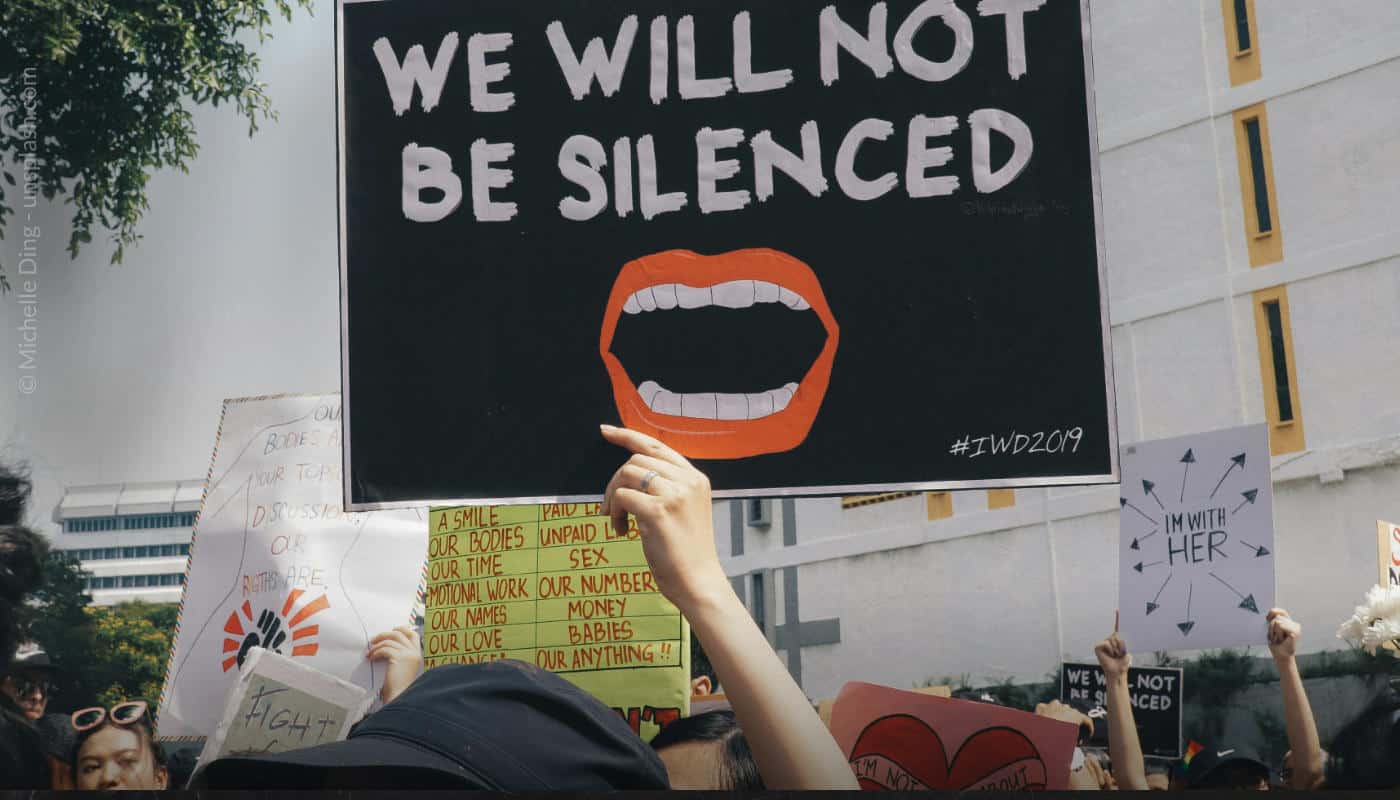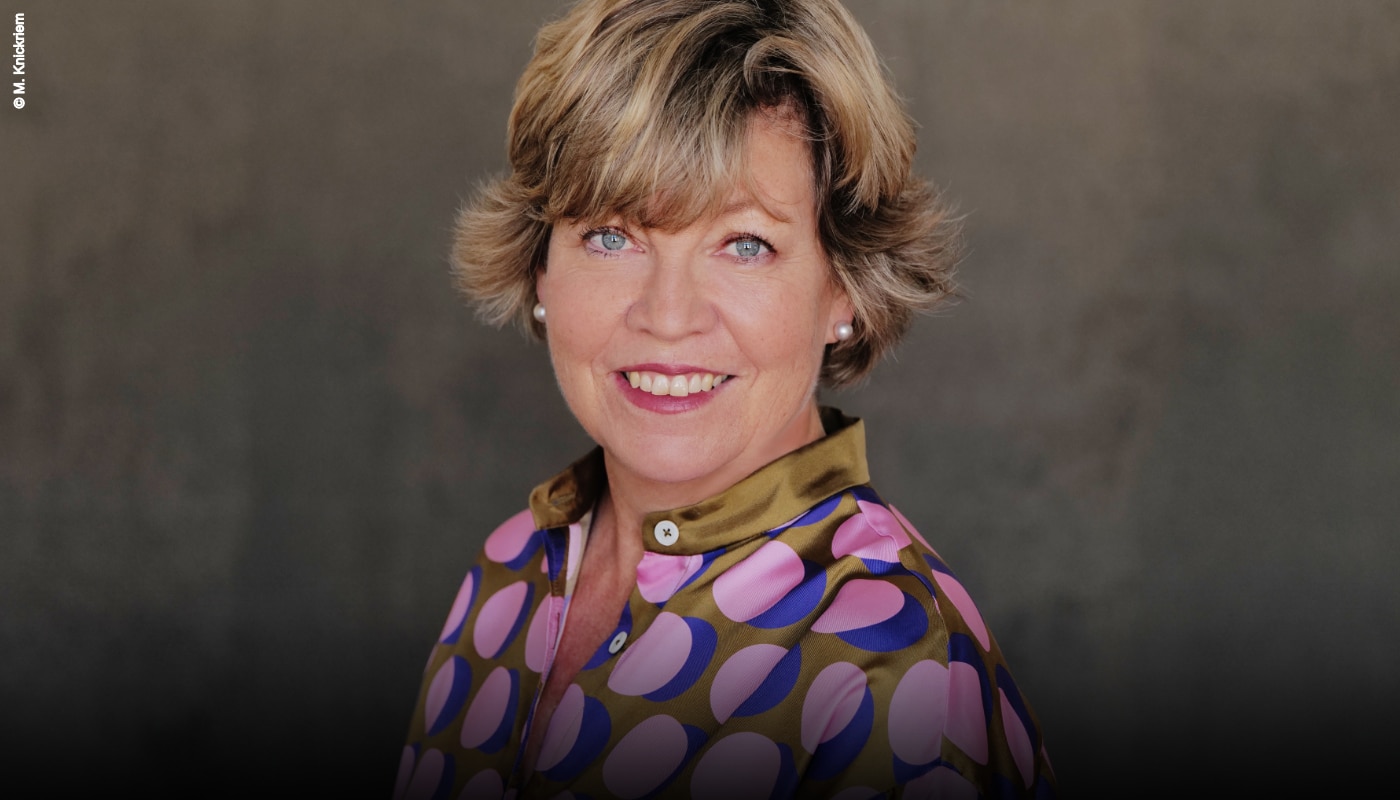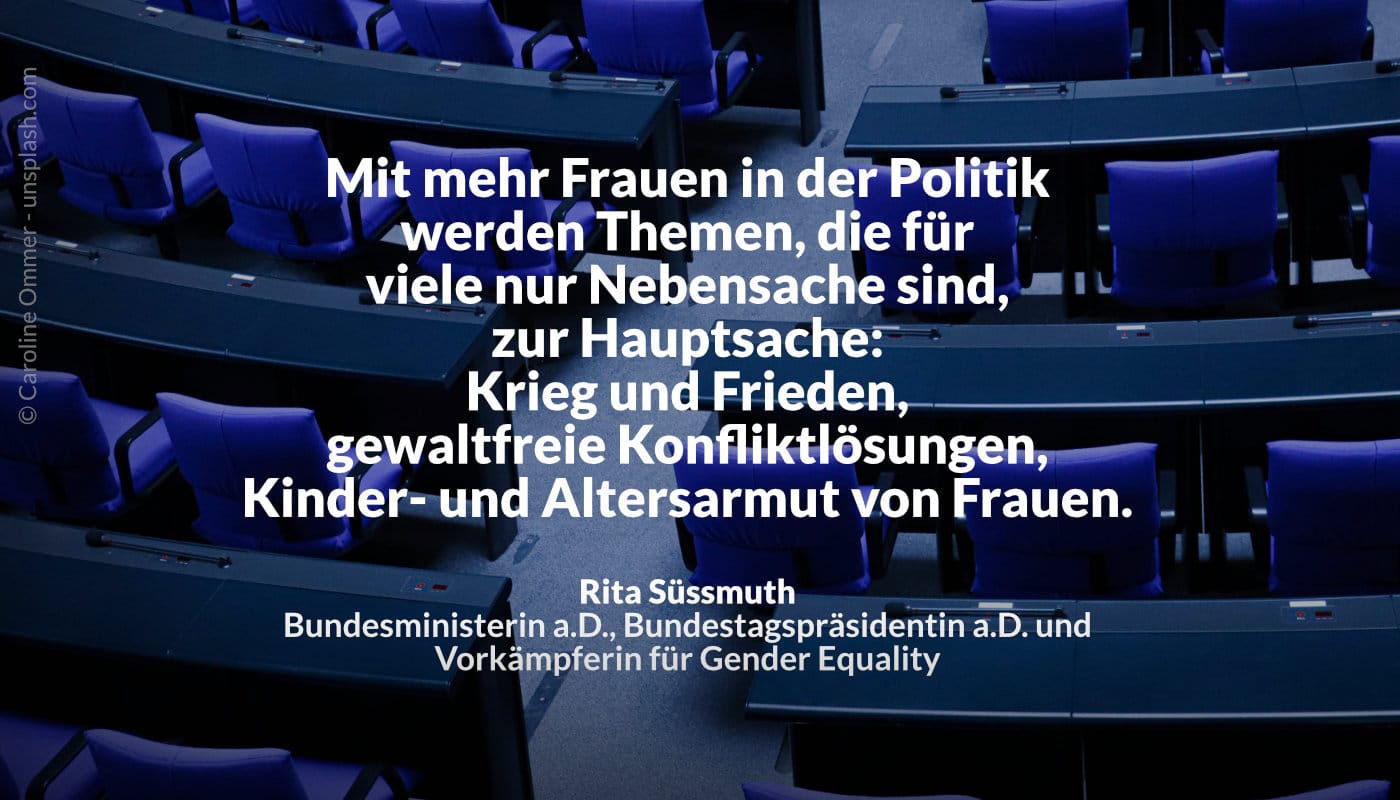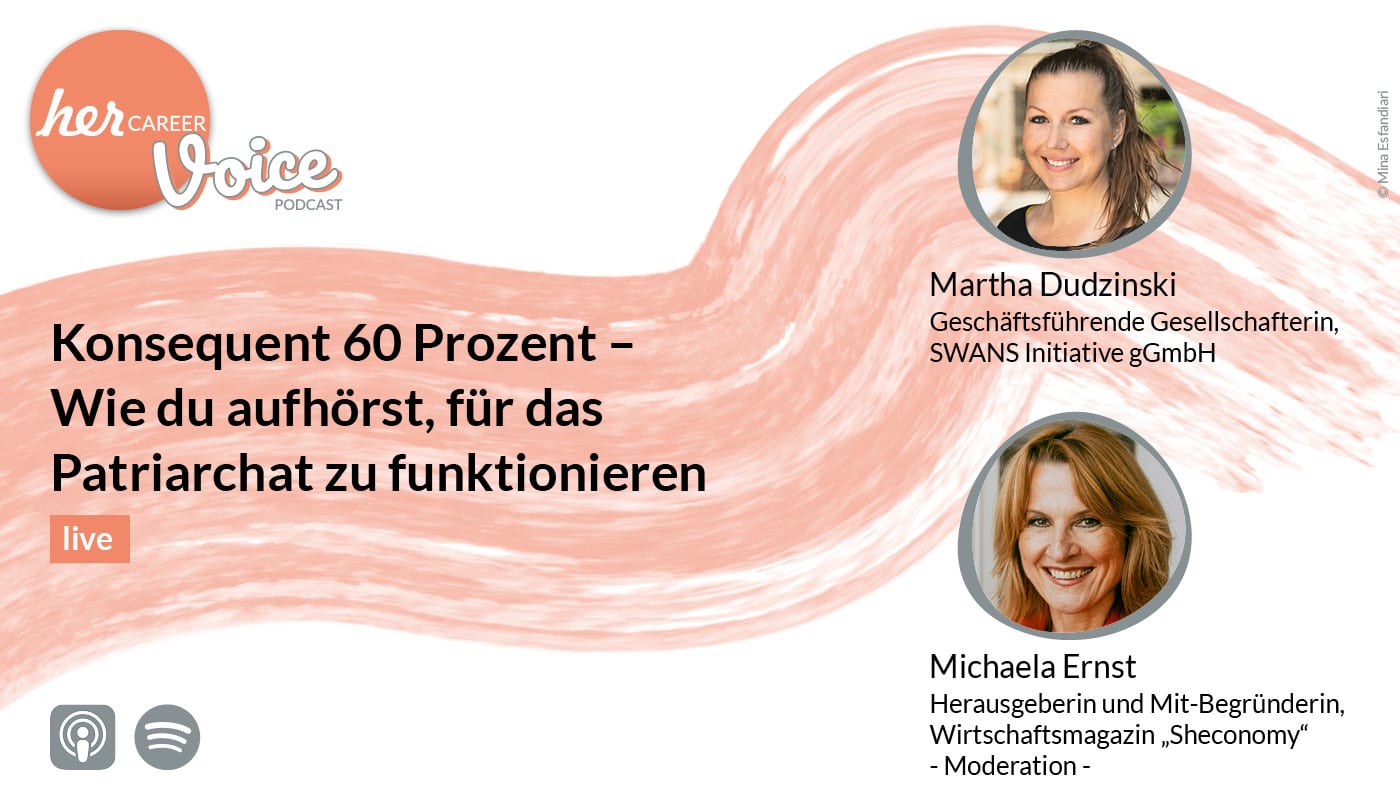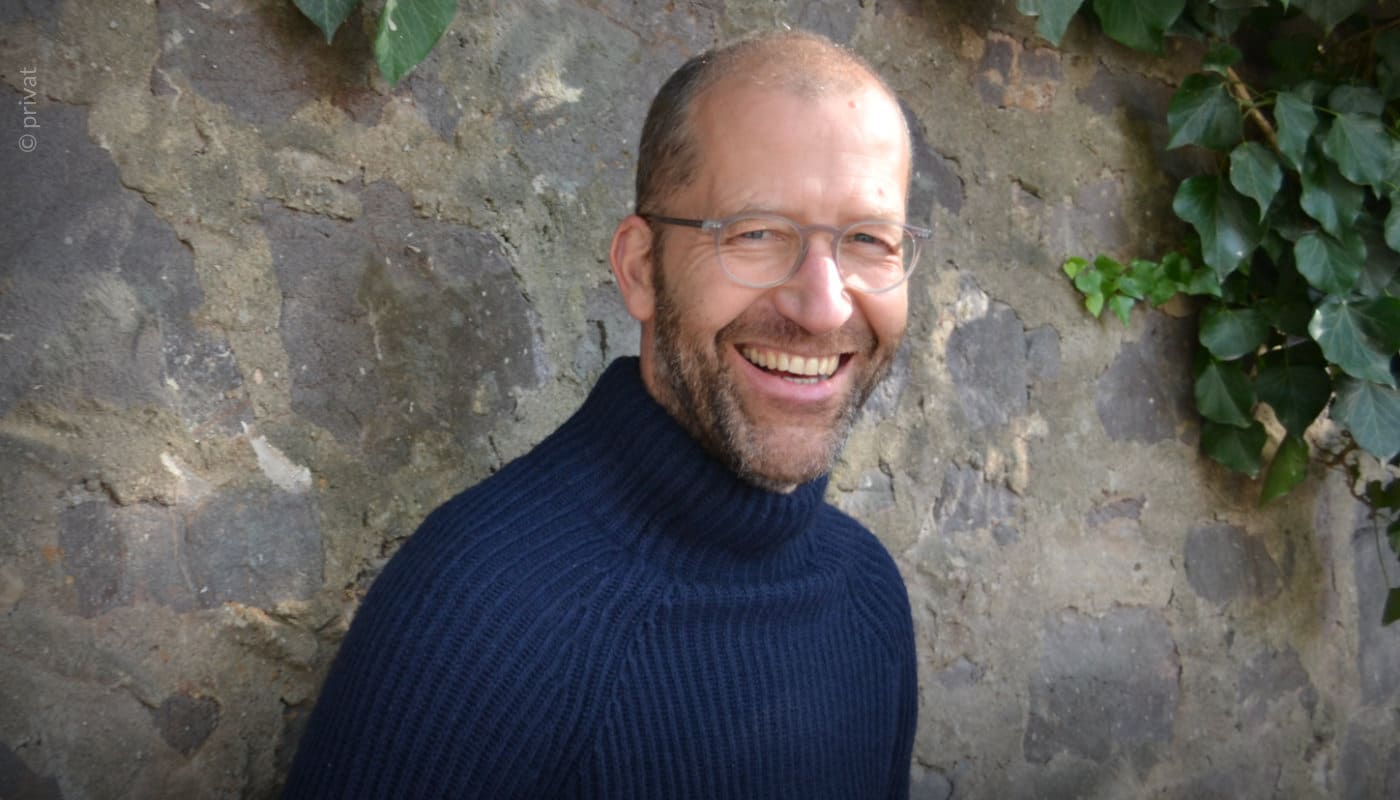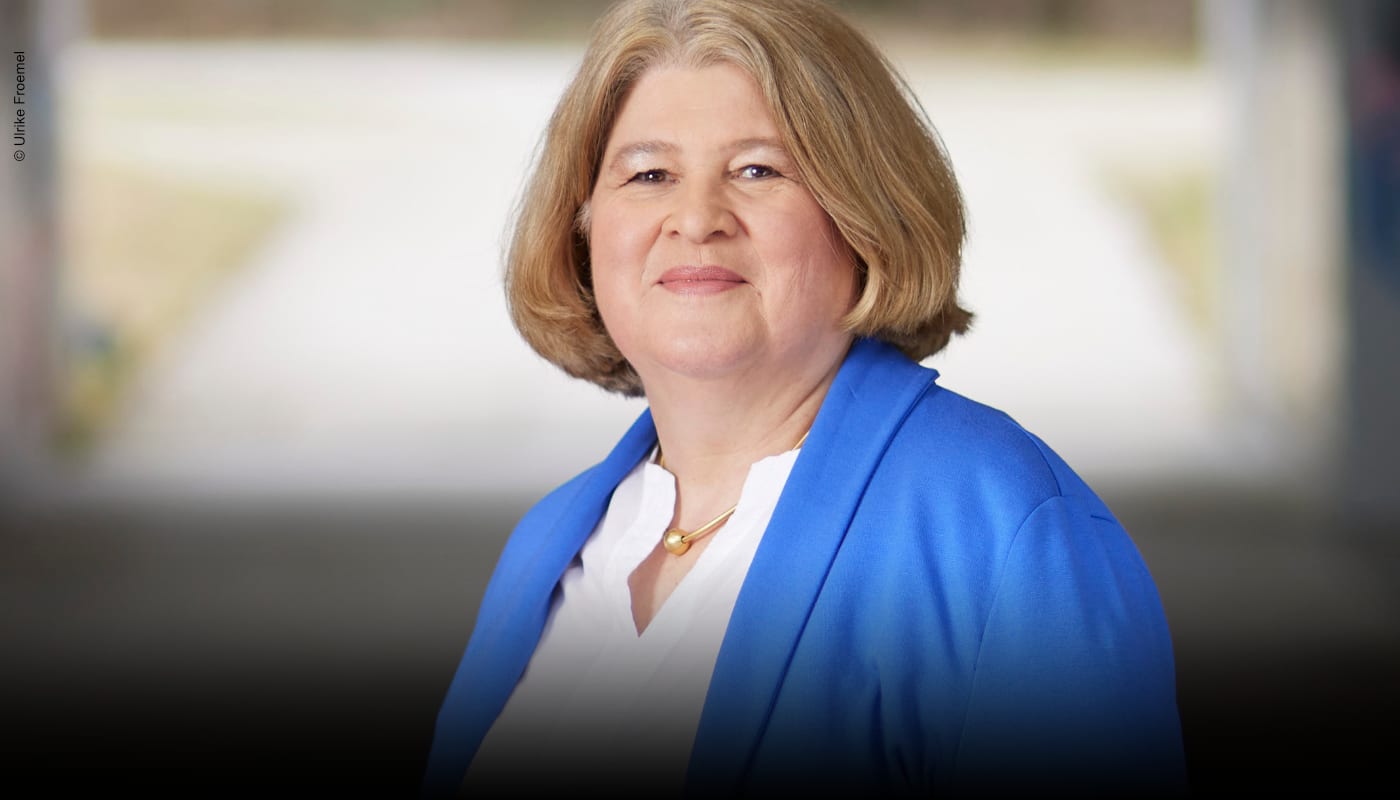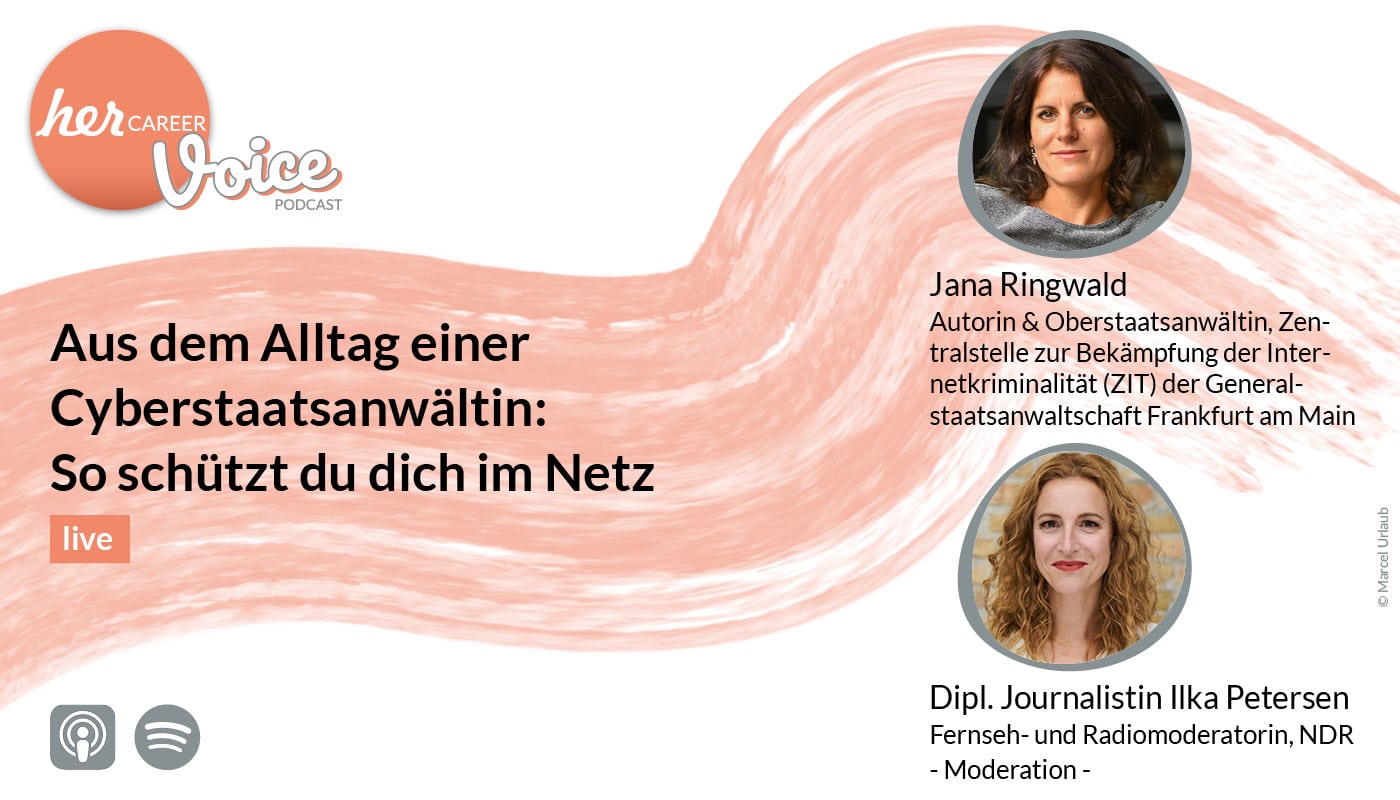Das World Economic Forum (WEF) hat seinen Global Gender Gap Report 2024 publiziert.
„The Global Gender Gap Index annually benchmarks the current state and evolution of gender parity across four key dimensions (Economic Participation and Opportunity, Educational Attainment, Health and Survival, and Political Empowerment). It is the longest-standing index tracking the progress of numerous countries’ efforts towards closing these gaps over time since its inception in 2006.“
Der Global Gender Gap Index misst den jeweiligen Wert (Gap Score) auf einer Skala von 0 bis 100, also den Prozentsatz der Gap-Schließung – sozusagen die zurückgelegte Strecke in Richtung Parität. 100 % wäre gleichbedeutend mit der Gleichstellung der Geschlechter.
Im weltweiten Durchschnitt ist der Gap insgesamt zu 68,5 % geschlossen, das ist eine Verbesserung um 0,1 % in Relation zum letzten Report.
Deutschland ist auch 2024 unter den ersten 10 (von 146) Ländern, doch im Vergleich zum letzten Report um einen Platz nach hinten gerutscht und nun auf Rang 7 – hinter Nicaragua.
Hier die ersten 10 Länder, in Klammern der gerundete Gap Score.
1: Island (93 %)
2: Finnland (87 %)
3: Norwegen (87 %)
4: Neuseeland (83 %)
5: Schweden (81 %)
6: Nicaragua (81 %)
7: Deutschland (81 %)
8: Namibia (80 %)
9: Irland (80 %)
10: Spanien (79 %)
Den Gesamtindex schlüsselt das WEF jeweils auf in die o.g. vier Teilindizes (“key dimensions”).
Hier schneidet Deutschland sehr unterschiedlich ab:
Nicht verwunderlich sind folgende Erkenntnisse: Was die wirtschaftliche Teilhabe im globalen Durchschnitt betrifft, machen Frauen 42 % aller Arbeitskräfte aus, besetzen jedoch nur 31,7 % der Spitzenpositionen. In den Bereichen Künstliche Intelligenz sowie Wissenschaft, Technik, Ingenieurwesen und Mathematik ist der Unterschied besonders groß.
„At this rate, economies will achieve global gender parity in 134 years“, bilanziert der Report. „This shifts the goalpost to 2158 as the anticipated year for closing the gender gap – roughly five generations beyond the 2030 Sustainable Development Goal (SDG) target.“
Und die WEF-Geschäftsführerin Saadia Zahidi schreibt bei LinkedIn: „While there have been some areas of improvement, progress towards gender parity remains too slow. There’s an urgent need for renewed commitments to closing the global gender gap – in particular in the economic and political spheres. Simply put, we cannot wait until 2158 for parity. The time for decisive action is now.“

Ein Beitrag von Natascha Hoffner, Founder & CEO of herCAREER I WiWo-Kolumnistin I LinkedIn-TOP-Voice 2020 I W&V 2019 – 100 Köpfe
veröffentlicht bei LinkedIn 27.06.2024
Quelle:
- https://finance.yahoo.com/video/global-gender-parity-gap-may-151947617.html
- https://www.zdf.de/nachrichten/politik/deutschland/wef-bericht-gleichberechtigung-geschlechter-deutschland-100.html
- https://www.weforum.org/publications/global-gender-gap-report-2024/digest/
- https://www3.weforum.org/docs/WEF_GGGR_2024.pdf
